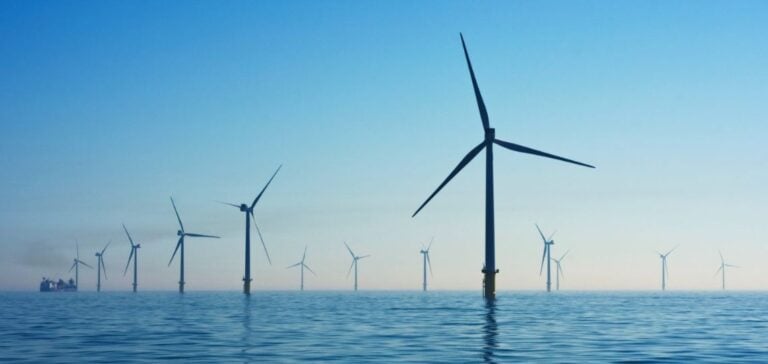Eolus has submitted an application to the Swedish government to build the Skidbladner offshore wind farm, located more than 20 kilometers north of Gotska Sandön. The project calls for the installation of up to 147 floating wind turbines, capable of generating 11.7 TWh of electricity per year. This production is equivalent to half of Stockholm County’s current electricity consumption, or more than ten times Gotland’s annual electricity needs.
Objectives and technical specifications
The growing need for new sources of power generation in Sweden is driving companies to invest heavily in renewable energies. The Skidbladner wind farm will cover an area of around 1,400 square kilometers and will comprise a maximum of 147 wind turbines up to 360 meters high, mounted on floating foundations and anchored to the seabed. The project should be operational by 2033.
Impact on energy supply
The project is designed to strengthen Sweden’s electricity supply. The planned installed capacity of 2.2 GW and annual production of 11.7 TWh represent a significant share of the energy required to meet the country’s growing needs. Lars Thomsson, coordinator of Energie Island Gotland, said the project is part of the plan to achieve a fully renewable energy system for Gotland by 2040.
Eolus’ strategic positioning
Floating wind turbines offer significant advantages, not least the possibility of installing them further offshore, where wind conditions are better. Eolus, a pioneer in the development of wind power since the 1990s, aims to be among the first to build floating wind projects in the Baltic Sea. Eolus is also planning several other offshore wind projects in Swedish waters, including the Skidbladner and Herkules wind farms, located in the Swedish economic zone off Gotland. Together, these projects could provide Sweden with a total installed capacity of 4.6 GW and an annual electricity production of around 25 TWh, strengthening the country’s energy security.






















